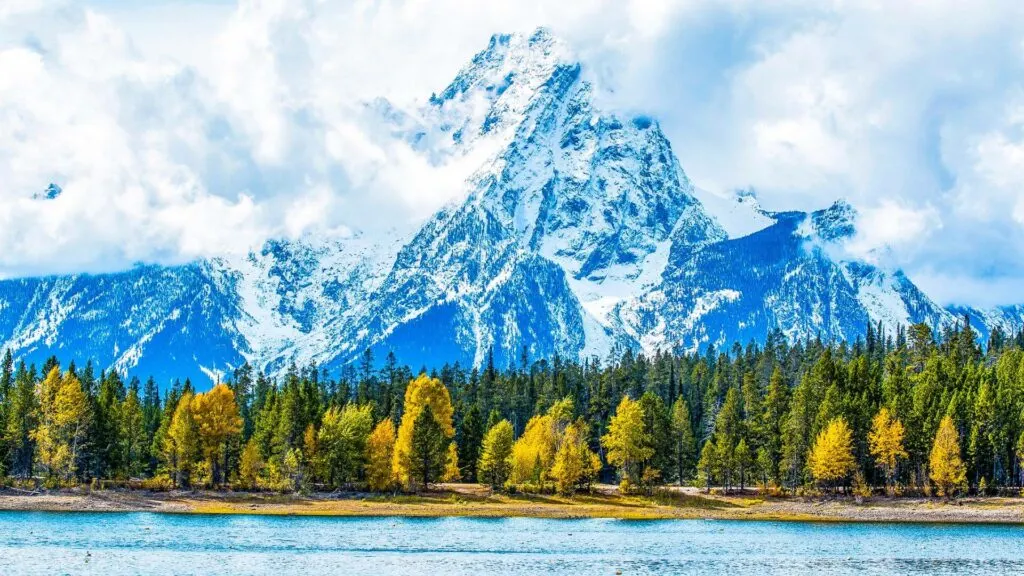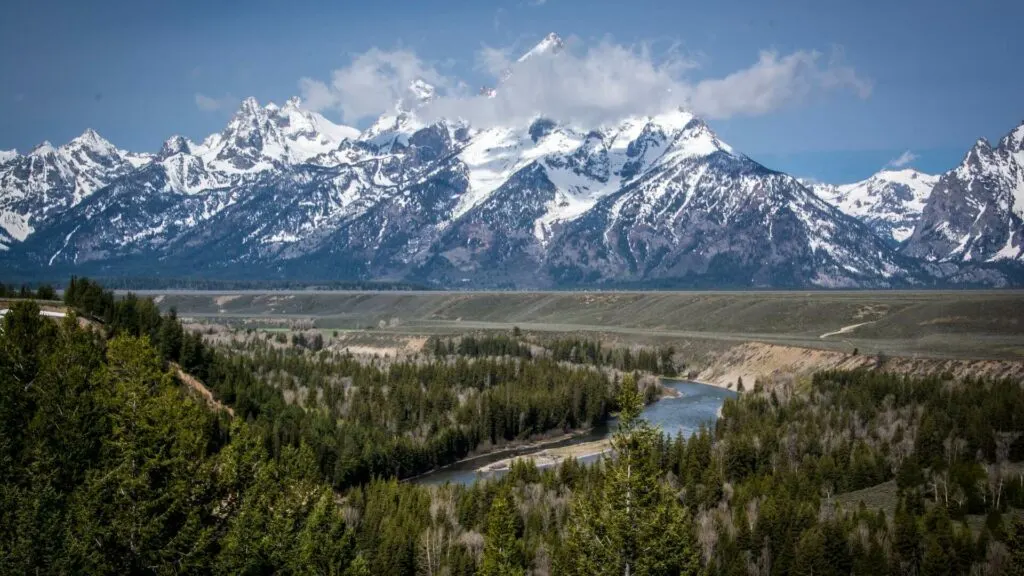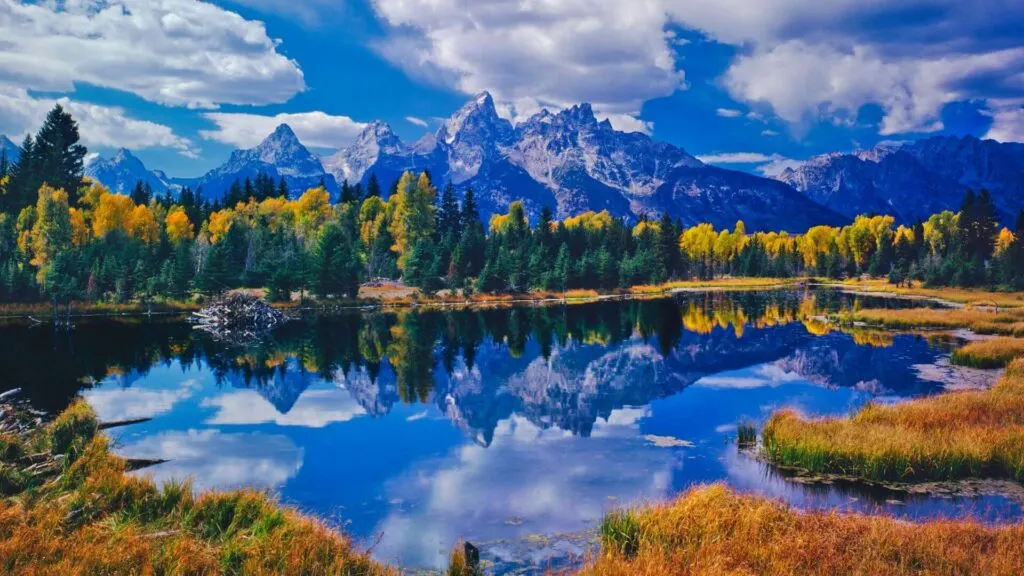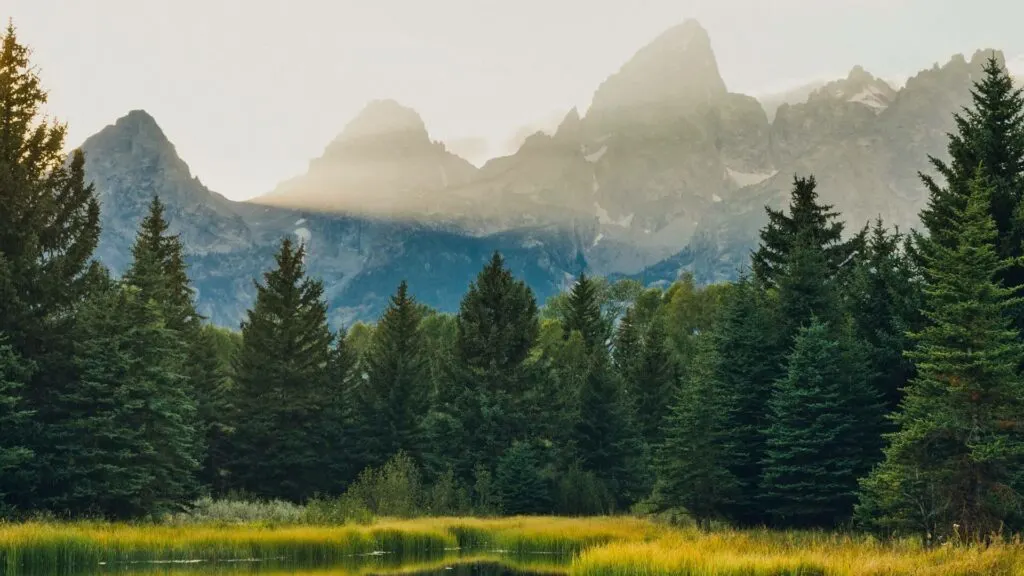One of the beauties of Wyoming that makes it attractive to tourists and photographers is the Grand Teton National Park. The beauty is endless, with multiple sceneries all in one place. This can be overwhelming for photographs due to the endless possibilities making it challenging to focus on aspects.
Capturing some of these images requires tact to have the best images.
You do not have to be an expert photographer to get the best photographs of the park. All you have to do is borrow some photography tips and apply them to the scene to have appealing images worth admiration.
Not all photography skills and tips will apply; here are some tips to help you capture quality images.

The Framing Matters
The general rule of photography and framing is to ensure most contents are within the center of the frame. For vast areas, you should capture more information at the base while moving upward. Therefore, the choice of the frame is based on the image you want to capture.
If you need to capture rising heights, the portrait will be essential for capturing rising vegetation and scenes from the ground upwards. You can use it for mountain peak pictures etc.
For wide sceneries, it is best to capture the difference using landscape frames. For instance, when capturing the Grant Teton seasonal mix, the landscape can help the viewers compare the landscape captured. Unlike other photographs, the ideal photographs of the park should cover the entire frame, whether portrait or landscape.
The best Grand Teton Photography can be captured through well-balanced frames. These images perfectly cover the entire frame making them ideal for wallpaper frames due to the even duration and balance. The viewers mainly focus on the balance and are amazed by the mix of sceneries all captured in one frame.
Include a Foreground

The beauty of scenery can be defined by various objects within the environment. Therefore, to capture the best park sceneries, you must include the foreground, which is crucial for complementing the main focus.
For instance, if you are capturing the mountains, pay attention to the vegetation, and the green grass, which may show some contrast to the rocky mount. This improves the color and contrast, allowing the viewer to view the image longer.
If you want to capture the peak alone, set your camera to capture the base. Capturing the base can help the viewer admire the height of the mountains while focusing on the peak. In other instances, when you want to capture the animals in the park, capture their surroundings, the herd, proximity to the mountains, etc.
Pay Attention to the Focal Point
The focal point is the main concept you want to capture or what you want the viewers to focus on. Depending on the frame design you adopt, you must accurately position the focal point in the image. The main principle is to use the rule of thirds.
According to the rule, you should divide the photograph into three sections, vertically and horizontally. Next, ensure the focal point is within the center of the thirds. This rule works best when capturing landscape photographs. For such photographs and framing design, viewers tend to focus at the center hence the need to locate the focal point centrally.
You need a portrait frame when capturing scenes such as the Grand Teton Snake River Overlook. For such frames, viewers focus from the bottom to the tip with limited attention to the sides. This is perfect for capturing the foreground, the mountain base rising upwards.

Clarity and Simplicity Matters
Whenever you get to the park, you should focus on what you want to capture and try as much as possible to capture the scenes.
Simplicity means capturing specific details and ignoring other busy details. Despite the simplicity, the picture should also capture more details for discussion. For instance, when capturing the Teton peak and sunburst, position the camera to capture the peak. In the process, capture other simpler details that add value to the sun above the mountain peak.
Since the mountain peak is far, do not zoom in; instead, capture the sun’s reflection on nearby water bodies. Move the camera through a focal line to capture the vegetation beyond the water body, and move the camera until you capture the sunburst at the peak.
Such pictures are simple and ignore many details, such as what is happening besides the mountain and the water bodies. It maintains the focal point and the symmetry rule in photography, i.e., the reflection, vegetation, mountain peak, and sunburst are centered. This retains viewers’ attention to the scenery and restricts them to the key images.
Timing and Season Matters

The best images and photographs are captured at particular times, i.e., morning hours, evenings, and the fall. You can capture beautiful scenes in the morning and evening, such as the sun’s reflection on the Snake River. The rising and setting sun on the mountains creates some of the best images every photographer can admire. You can also capture some of the perfect mountain reflections on the waters in the park.
To capture the vegetation, fall should be the best time to capture the color variations, changing leaves and comparing them to the bare mountain beyond. For green vegetation and flourishing plants visit during the spring to capture the green sceneries complemented by the amazing water reflections.
Conclusion
Grand Teton has some of the best sceneries for photography. The possibilities are endless; however, the best images and park photographs must have some visual appeal, capture the focal points and take advantage of the season. When captured in frames, these images suit wallpaper and home décor.

Jessi is the creative mind behind The Coffee Mom, a popular blog that combines parenting advice, travel tips, and a love for all things Disney. As a trusted Disney influencer and passionate storyteller, Jessi’s authentic insights and relatable content resonate with readers worldwide.
